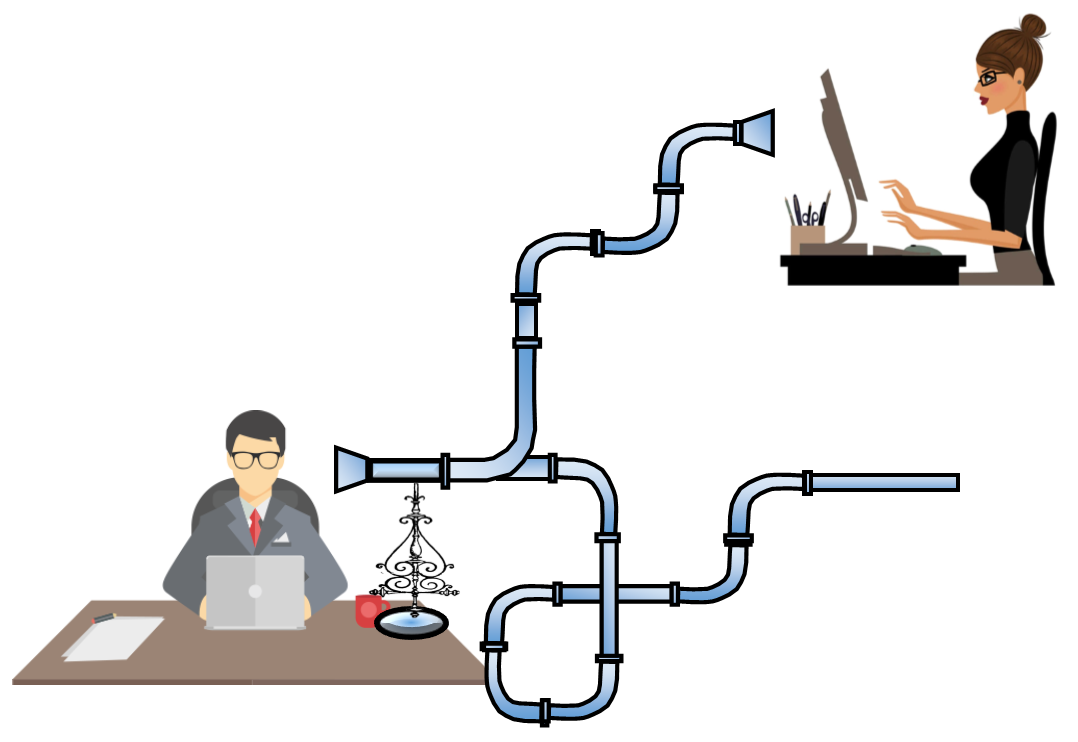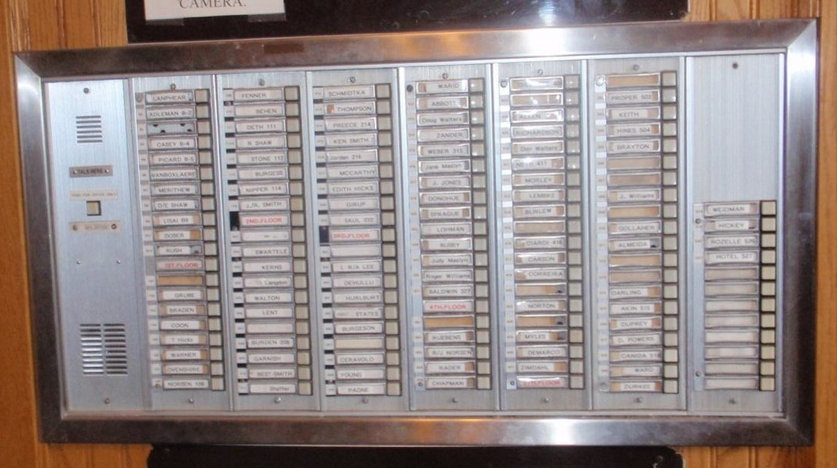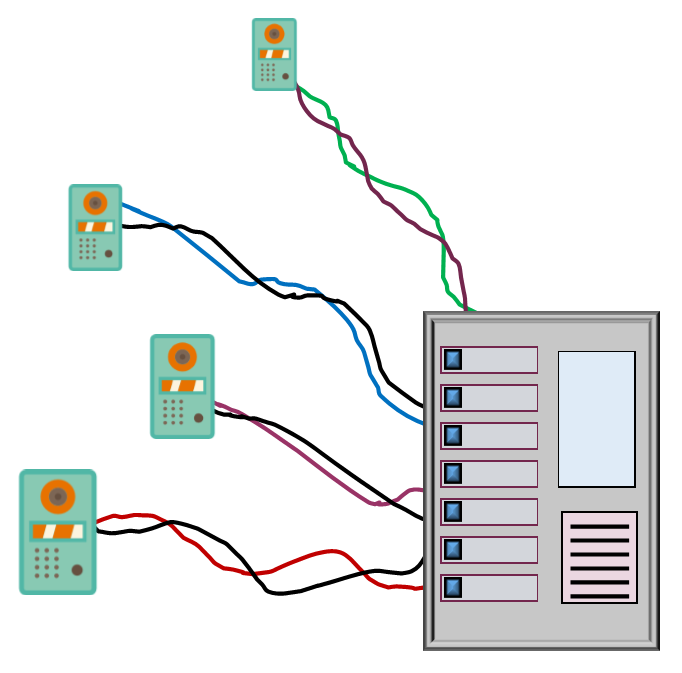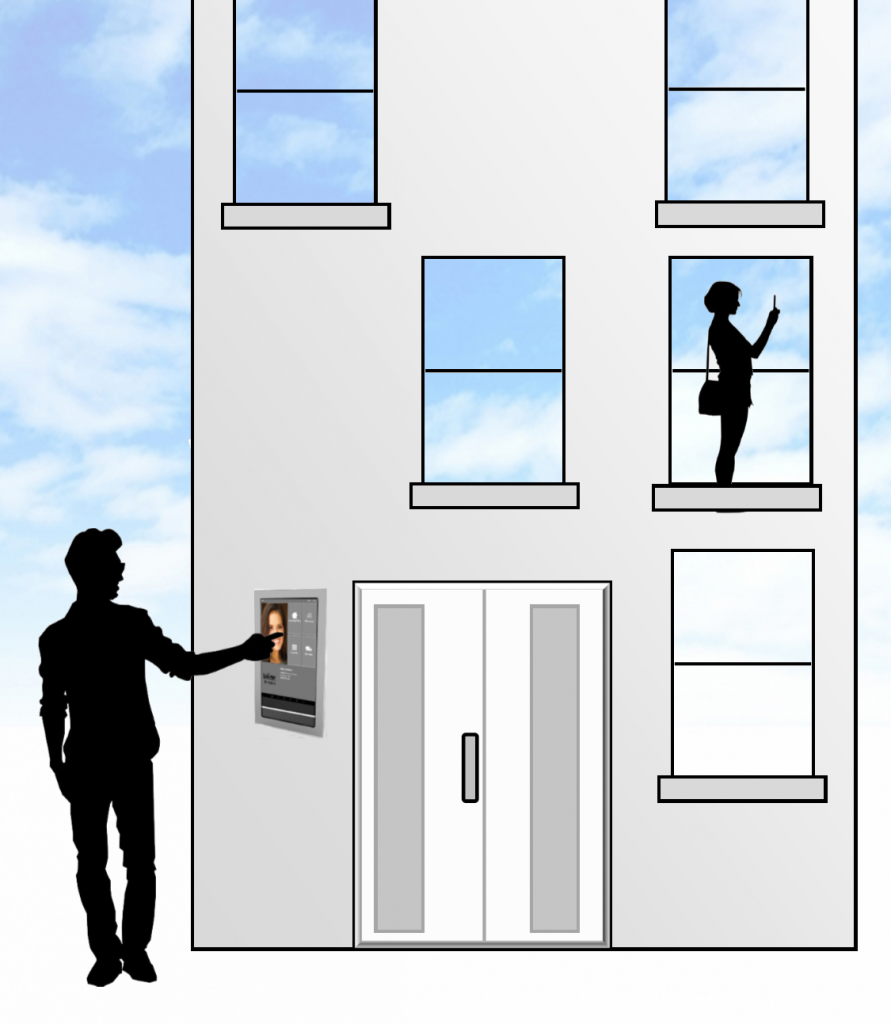What is the Best Intercom?
Intercom History
The first intercoms were developed in the late 1800s. They used speaking tubes to talk to other people in the building.
Business organizations were the first to use these intercoms. The office manager could reach his secretary or other people in various departments in the building.
The invention of the telephone in the early 1900s made it easier to connect everyone. By the 1950s, the telephone connected people all over the world. The intercoms used the same technology as the phone system. In the 1970s, the analog intercoms made it easy for the manager to talk to the accounting department or the manufacturing floor.

Today’s Apartment Intercoms provide so much more capability.
Digital IP intercoms that attach to the network were made available in the 1990s. It made it much easier to install intercoms around schools, offices, and hospitals. The latest intercom systems use smartphone apps and cloud servers to enable direct communication all over the world. This article provides the pros and cons of different intercom systems.
Analog Intercom Systems for Apartments

The analog intercoms had wires going from the intercom panel in the lobby to each of the apartments.
Analog intercoms use electrical signals with voltage and variable current levels to transport the sound signal. A low-voltage and current are used to power the system. The intercoms are available as two-wire and four-wire systems.
Two-Wire Systems
Two-wire intercoms provide voice communication in one direction at a time, so are considered “half-duplex” systems. Multiple intercoms can be daisy-chained so that many people can listen and talk. This is called a “party-line” system. To talk to the other person, you need to push the “talk” button.
Pros: The two-wire systems use less wire than the four-wire systems so it can save money in cabling. This is a simple system. Because this is a hard-wired system, it is considered to be more secure.
Cons: The early implementations of this intercom system didn’t allow you to select the person. It was primarily used to connect to one or many people. Some systems use routers to select the person. It allows talking in only one direction at a time, and the user must push a button to talk. It doesn’t support video.

Four-Wire Systems
The four-wire system provides communication in both directions, so it is called a “full-duplex” system. In this system, people at both ends can talk and hear at the same time. The Plain Old Telephone (POTS) analog telephone system is an example of a four-wire system.
Pros: This is a full-duplex system that allows simultaneous talking in both directions. There is no “talk” button required. These systems are available with a “master” station in the lobby that includes a button for each remote intercom you would like to talk to.
Cons: It doesn’t support video. It uses more wiring than the two-wire system. Wires must be connected from the lobby panel to the intercoms in the apartments.
Digital Intercom Systems
The digital intercom systems connect intercoms (and telephones) using special digital protocols. Voice over IP (VoIP) and SIP are examples of protocols used to carry voice signals. These systems provide much more control than the analog systems. The Ethernet network connects many different intercoms (or telephones) together. The addressing schemes allow a single telephone with buttons to address and connect to another telephone on the network. Intercoms without buttons (like the Digital Acoustic intercoms) are assigned to a server. Many intercoms are connected over the network to a single control point like a computer or apartment intercom. The central computer (or panel) can be used to select and communicate with one intercom at a time.
These centralized systems are usually used in an office environment where there is a guard or concierge at a desk in the lobby.
To learn more about how IP intercoms work, take a look at our article, How Network Attached Amplifiers and IP Intercoms Work.
Pros: It uses the network infrastructure to communicate from the central station to all the intercoms on the network. It can support IP video.
Cons: It requires a separate IP camera at each intercom station to include video.
Apartment House Intercoms
The apartment door entry system in the lobby allows you to select the person or apartment you would like to contact. The classic system includes a one or two-line display that allows the visitor to scroll through a list of apartments. Once they select the apartment, they can push the call button to notify the tenant that they are in the lobby.
Touch-screen Intercoms

The latest lobby intercoms include a large touch-screen panel. This multi-tenant intercom system provides a wireless connection from the lobby intercom station to an app on your smartphone.
The new systems have large LCD screens that allow you to see many of the residents in the building. You can select 7-inch or 10-inch panels. The larger displays provide a better user interface and make it much easier to find the right person.
The lobby panel includes a camera so the person at the door can be seen as well as heard. These touch-panel systems can be used in office buildings, hospitals, and other large multi-tenant organizations.
The systems use a cloud server that directs the communication from the lobby panel to the smartphone apps. The app allows the user to see and talk to the person at the door. They can release the lock in the lobby using their smartphone.
To learn more about how cloud-connected intercoms work, see our article, How IP Intercoms Communicate with Smartphones.
Pros: They provide the most advanced communication capability. The new systems allow you to talk and see the person at the door using an app on your smartphone. The panel can connect to your smartphone as long as you have a cell connection. No wiring is needed between the lobby station and the apartment.
Cons: Requires a monthly subscription fee that supports the cloud server connection.
Summary of Apartment Intercoms
Intercoms have evolved from speaking tubes to analog electrical systems, to digital IP systems, and finally to wireless digital IP systems.
There are still many analog intercom systems in use today. The latest intercoms include large touch-screen displays and communicate the cell network to the smartphone of the person in the apartment. The system uses cell communication so you can contact the person no matter where in the world they are.
If you need help selecting the right apartment intercom system, please contact us at 800-431-1658 in the USA, or at 914-944-3425 everywhere else, or use our contact form.